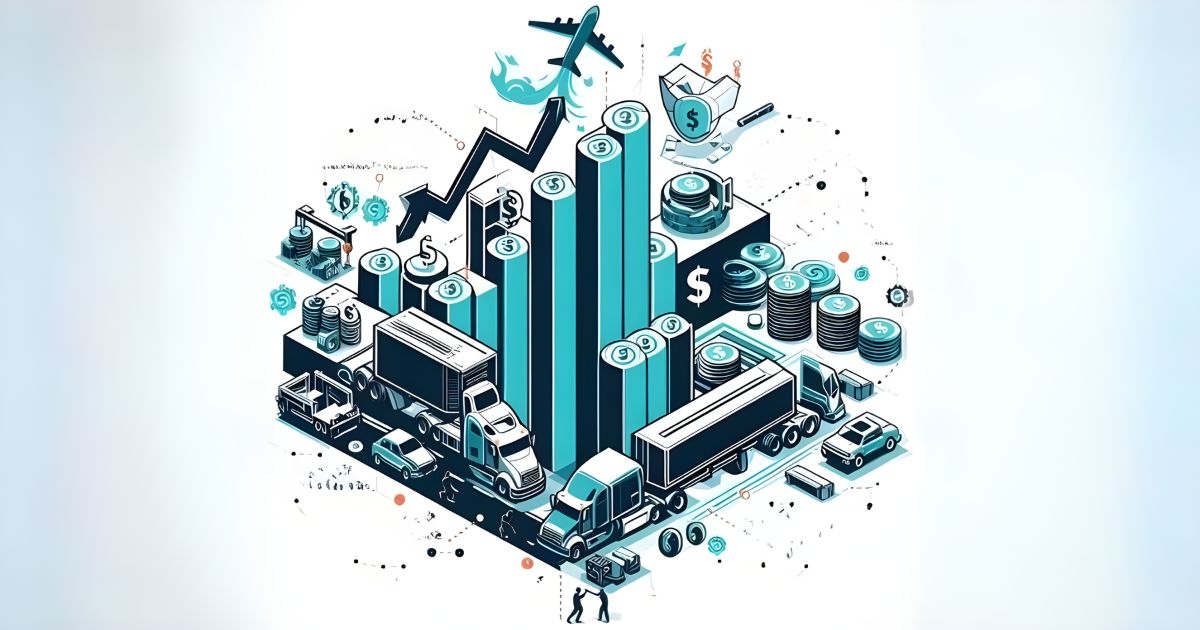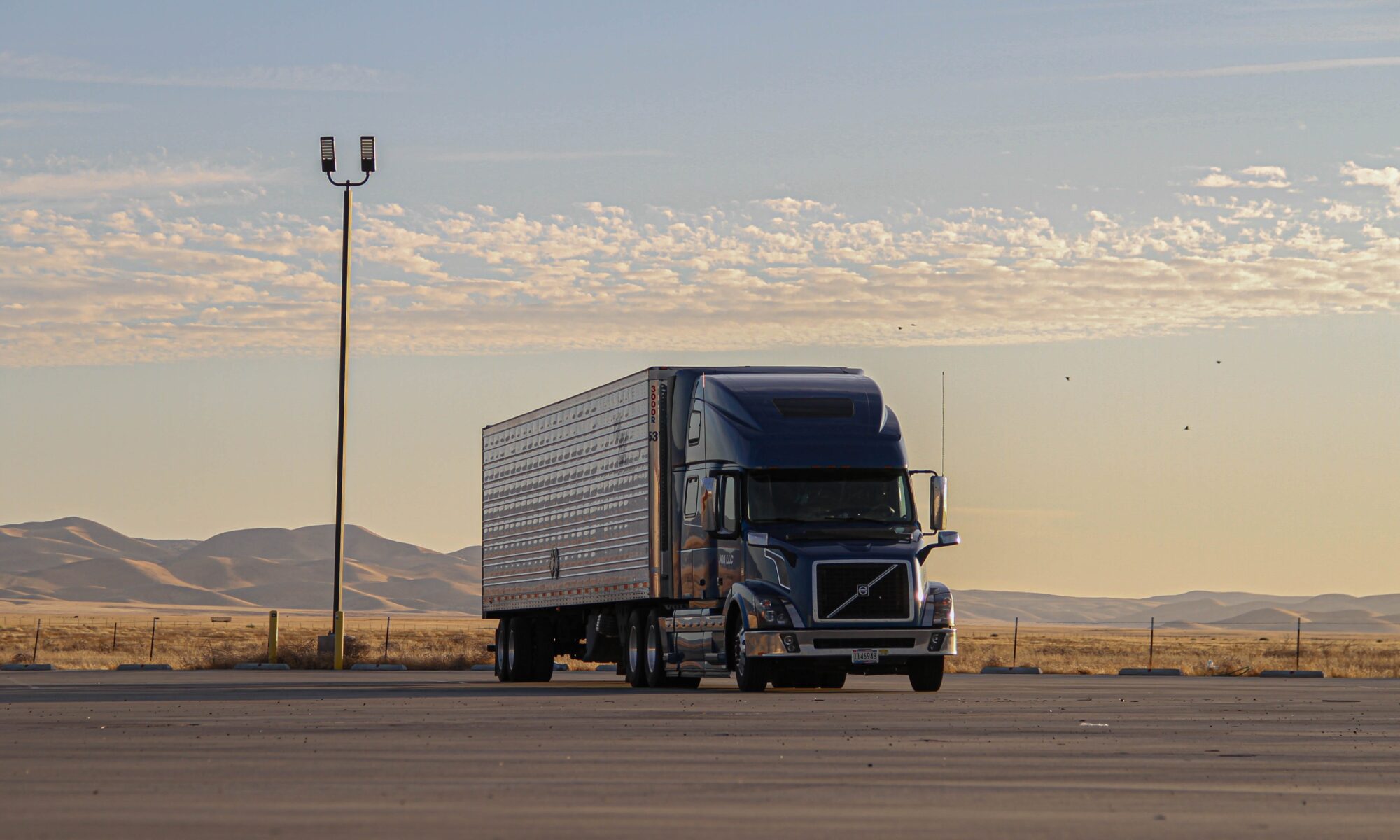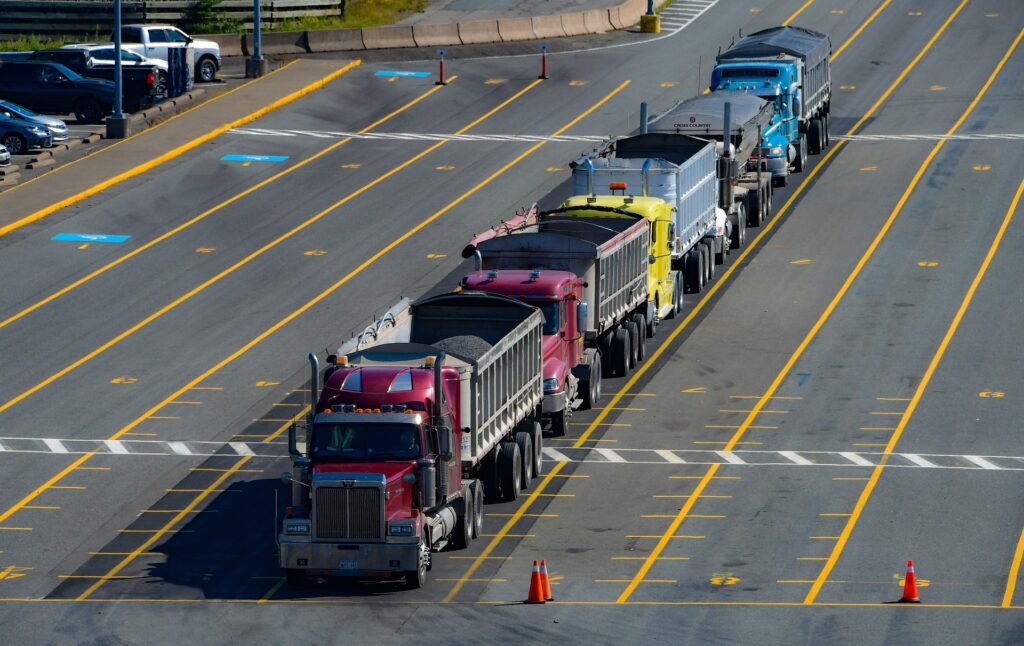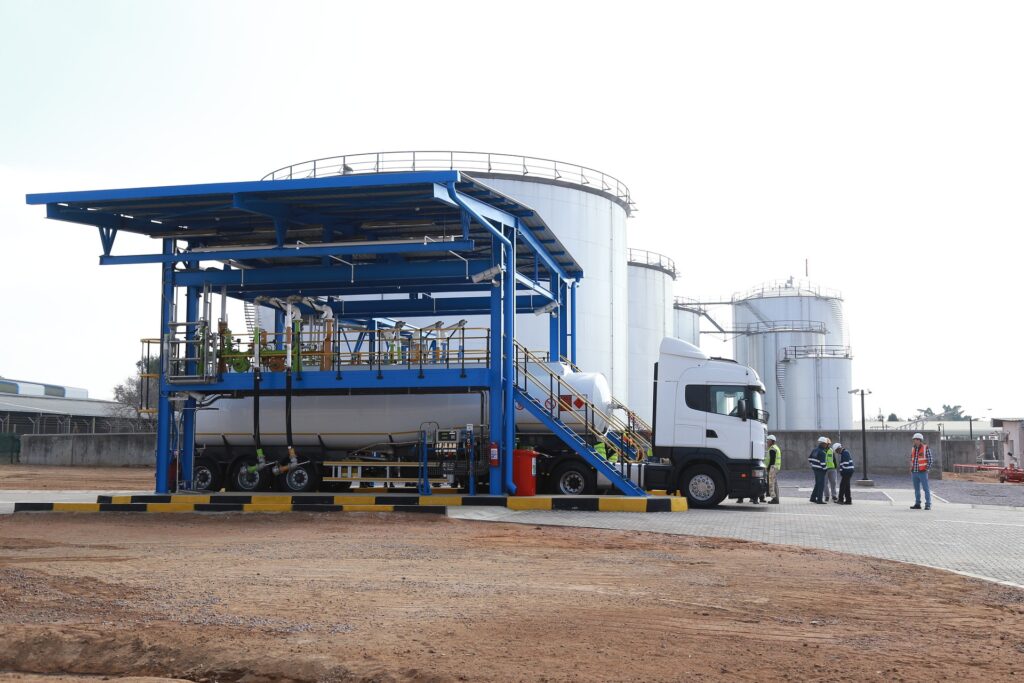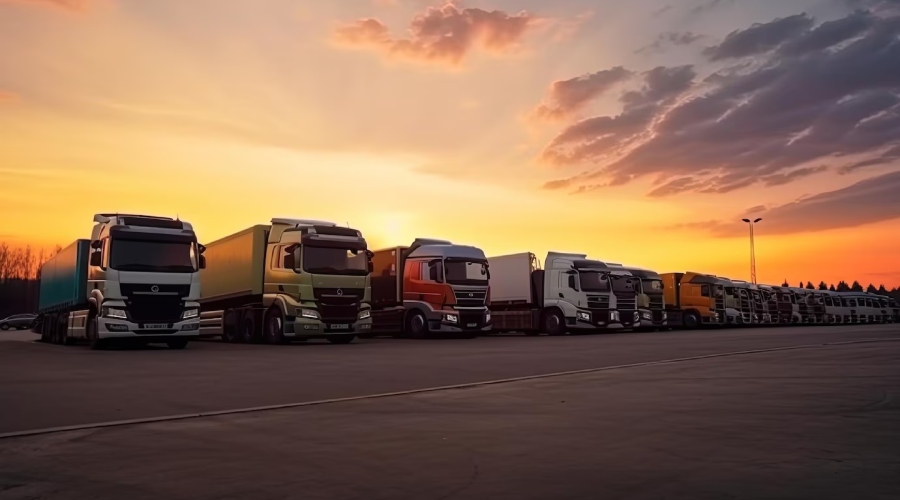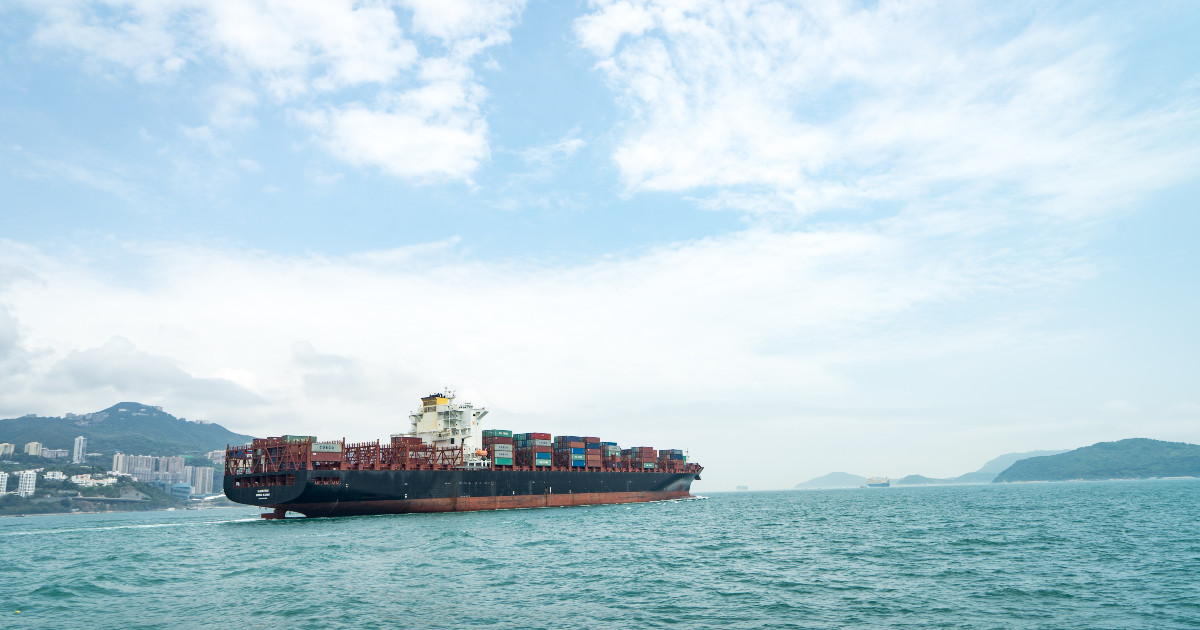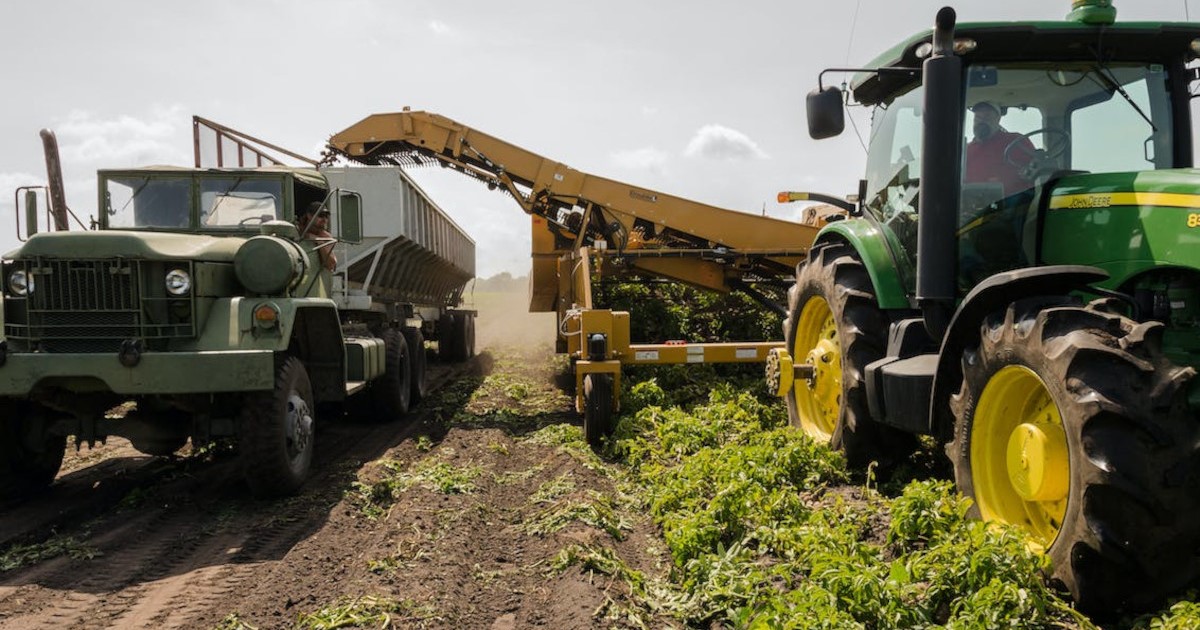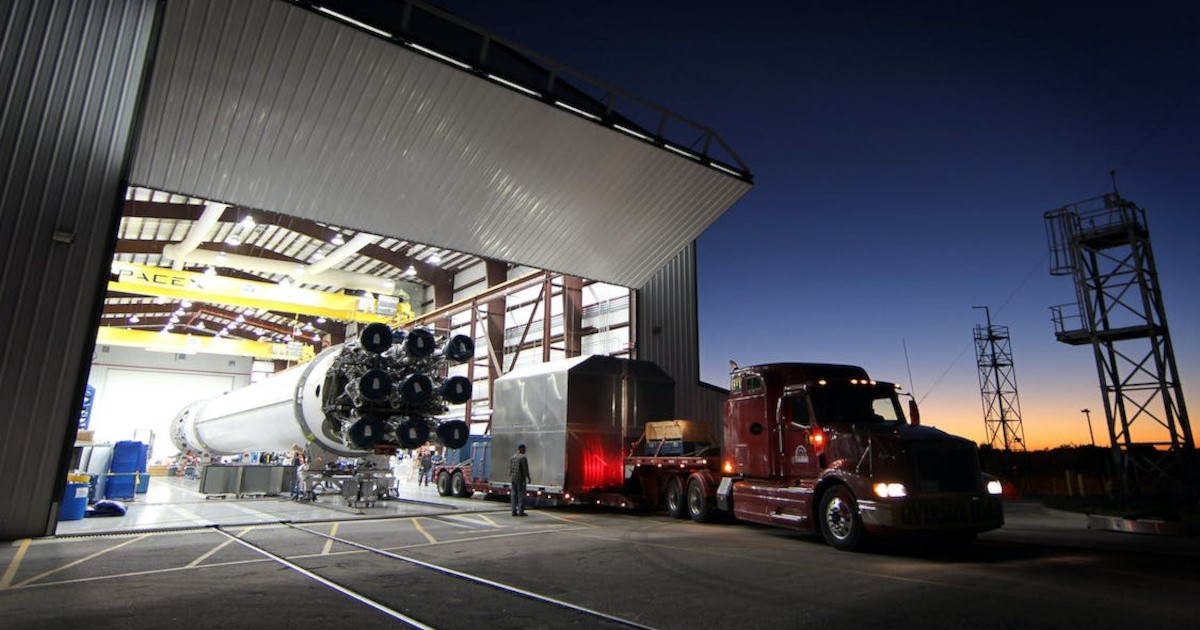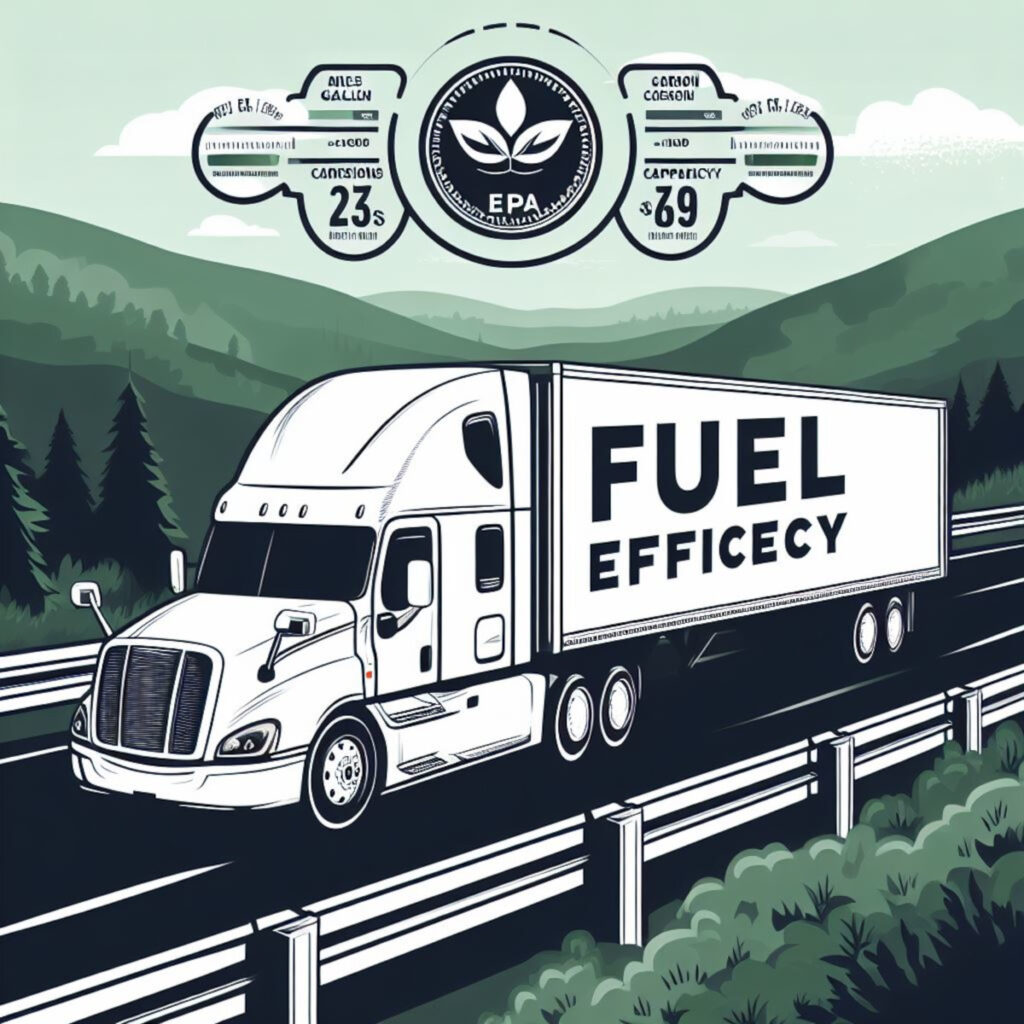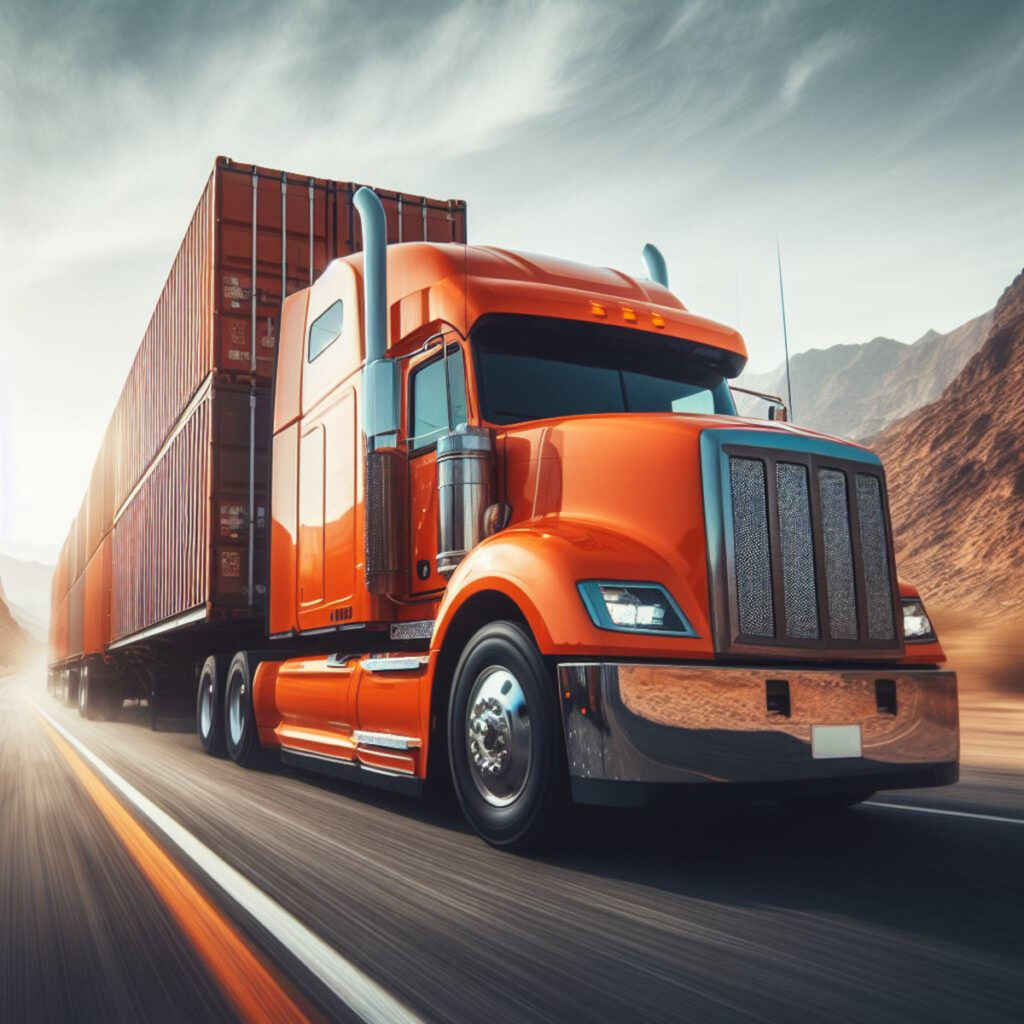The world of transport and logistics is constantly evolving, so the cost of domestic and international freight services is often variable. As avid AmoPlant readers, you know how this affects the automotive industry from production to delivery.
In this article, we will analyze the factors that contribute to the fluctuation of transportation costs on a domestic and global scale. Understanding these dynamics can help reveal the challenges facing automotive companies and consumers.
The impact of shipping costs
Freight costs are an essential component of the supply chain in the automotive sector. Whether you are a manufacturer, trader, or buyer, it is crucial to understand the reasons behind cost fluctuations to make informed decisions. Changes in transport costs can affect prices, car loans, and even the availability of specific models.
Domestic freight costs
Inland freight costs include the costs associated with transporting freight within a single country. These costs vary due to various factors which cause significant fluctuations in the market over time.
Various large-scale local events have a significant impact on domestic freight costs. For example, the price of gas can go up or down, workers can go on strike, or new roads and bridges can be built. These things can make transportation more or less expensive, affecting how the car industry plans its logistics.

International freight costs
Moving goods across different countries and seas takes work. Many things can affect how this process works and make the cost of moving goods go up or down.
Some of these things are conflicts between countries, changes in the value of money, and problems in the supply chain. If we look at how these things work, we can better understand the car industry’s challenges when it makes and delivers cars.
Fuel prices and trends in the energy sector
Fuel is the driving force behind vehicles, and its price is a significant determinant of transport costs. However, not only the price of fuel matters but also the sources and availability of energy.
Global oil prices, the use of renewable energies, and environmental regulations determine fuel costs and, thus, transportation costs. We should stay updated on the latest inventions and help people switch to electric cars. We should also support researching and developing technologies that can save fuel.
Investing in infrastructure
Good roads, bridges, and other infrastructure make it easier and faster to transport goods. Building better roads, ports, and railways can make moving goods within and outside the country cheaper.
A mix of government initiatives and private sector investment in infrastructure can improve transport networks, reducing costs and congestion in supply chains. Infrastructure investment also helps increase freight transport volume and quality and supports economic development and competitiveness.

Highlights in the automotive sector
Interest in sustainable transport solutions is growing among car enthusiasts and industry professionals. Electric vehicles (EVs) and environmentally friendly logistics are becoming increasingly popular. These trends can help the environment and the economy. We need to learn from them and use them in our work. This is very important if we want to stay ahead in the car industry.
Adapting to a changing transport environment
Transportation costs are a constantly changing automotive industry component affecting prices, availability, and logistics. You can make informed decisions as a consumer, industry professional, or car enthusiast by assessing the conditions influencing cost fluctuations. Get more information on transporting goods in our haulage category.
The car industry is constantly changing, and we need to keep an eye on the things that affect how much it costs to move cars. With this knowledge, you can navigate the dynamic field of transport costs and contribute to more efficient and sustainable vehicles.


